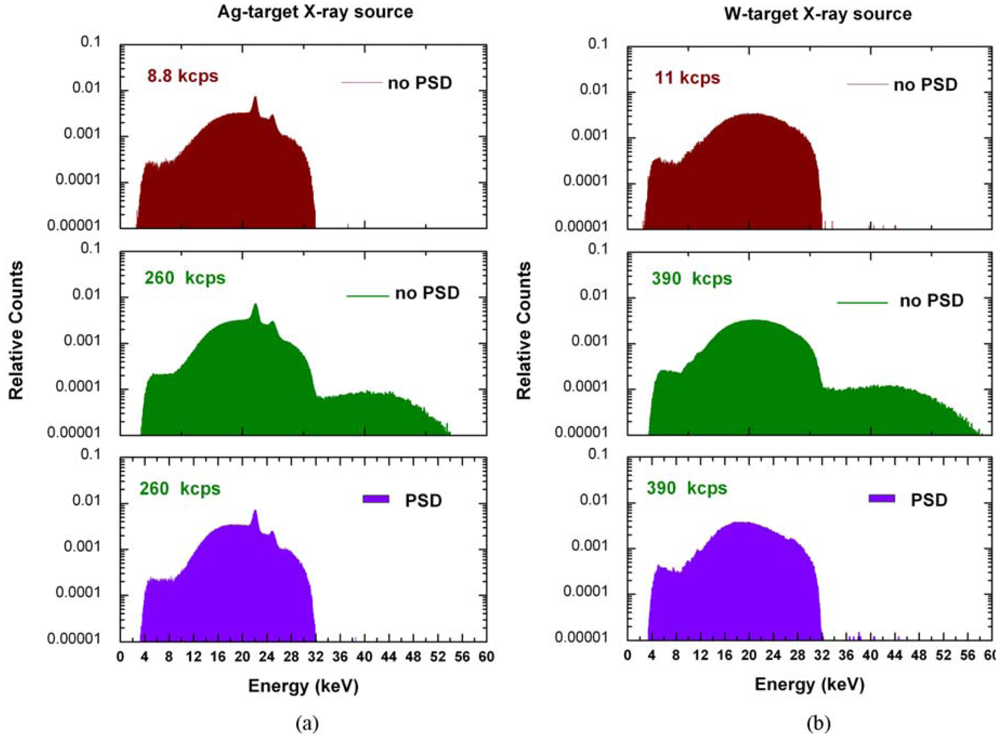
In the dose report the CT scanners will typically output both the CTDI and the DLP. The input for this approximate method is the CTDI measured in a representative phantom, 16cm for adult heads and 32 cm for adult bodies.Īlong with the CTDI we need to know the scan length in order to compute the DLP (DLP (mGy*cm) = CTDI (mGy) * Scan Length (cm)). However, in this figure we present the approximate method. You can see that this figure looks similar to the one presented above for Radiation Dose in x-ray Radiology. Now, that we have defined both the CTDI and the DLP we can present the approximate method that can be used to estimate the Effective Dose for CT scans. Now that we have the DLP we need a method to calculate and approximate Effective Dose (mSv) from the DLP. This is why we need to use the DLP and we can keep track of the scan range dependence by just multiplying by the scan length, as mentioned above. It is clear that we would like to treat these scans differently when considering the radiation dose to the patient. We can think about two scans which have the same CTDI but which cover different ranges of the patient anatomy. This is a nice name as Dose Length Product (DLP) directly describes what the quantity is as it is the product or multiplication of those two terms (DLP (mGy*cm) = CTDI (mGy) * Scan Length (cm). Since the CTDI is normalized to some given length across this direction we need to multiply by the scan length to calculate the dose length product (DLP). the direction parallel to the patient table). Then we need another method to take into account how long the scan was, namely what is the scan length along the SI direction (ie. We first need to define the Dose Length Product as this will be used in the approximate Effective Dose (mSv) calculations.Īs discussed above CTDI is a measure of the absorbed radiation dose, the absorbed dose for a given size phantom. Luckily for us there is a simplified method to arrive at approximate estimates of the Effective Dose (mSv). However, these methods are also a very complex as we need to model each patient. or some combination of those two.Īll this gives you Effective Dose (mSv) numbers where we can figure out how much of the brain, how much of the gonads, and how much of the other organs are receiving radiation dose in a very specific manner. Or some combination of phantom measurements and computer simulations of the radiation dose.

Or you have to do Monte Carlo simulations where you simulate the x-rays passing through the anatomy. like the human body that we are scanning). If we want to do this properly, we have to either measurements in phantoms, which are anthropomorphic (ie. The effective dose, again we take the equivalent dose and we weight all the different organs based on the radiation dose each organ received.

The effective dose, again we take the equivalent dose and we weight all the different organs based on the radiation dose each organ received. In general, the list of weightings for the different organs shows us that for instance comparing the gonads with the brain, you would rather receive that given radiation dose to the brain because it’s less radio sensitive than the gonads for instance as it has a lower weighting (for more info on why different tissue types have varying sensitivities see our post on Radiation Biology).

These weighting factors are defined by the ICRP and account for the different radiation sensitivities of different tissue types. To convert from equivalent dose to effective dose we multiply the dose to each organ by a weighting factor associated with that organ. Then to get from an equivalent dose to an effective dose, you need to take into account which organs are receiving the radiation dose as there are different weights depending upon the biological impact on the different tissue types. In other scenarios if a different radiation source was being used there may be a different weighting factor. Thus, we don’t really have to do anything to convert to equivalent dose. To get from absorbed dose to an equivalent dose, in the case of x-ray radiology such as CT scans, we multiply by 1.


 0 kommentar(er)
0 kommentar(er)
